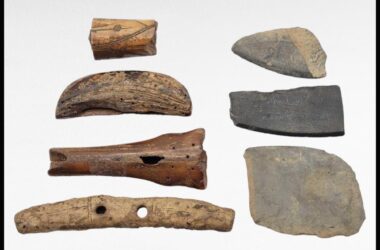Alaska’s job market continued to grow in February, with total employment up by 5,200 jobs, or 1.6 percent, compared to February 2024, according to the latest state labor report.
Construction saw the biggest gains, adding 1,000 jobs year-over-year, fueled by oil and gas activity on the North Slope and off-season, federally funded infrastructure projects. Those projects also contributed to job growth in professional and business services (+400) and transportation, warehousing, and utilities (+1,100).
Healthcare continued its strong upward trend, adding 1,400 jobs over the year.
Oil and gas employment rose by 600 but remains about 1,500 jobs below pre-pandemic levels in January 2020.
Not all sectors saw gains—manufacturing shed 500 jobs due to seafood processing disruptions, and retail and financial activities lost 100 jobs each. The information sector held steady.
Federal jobs increased by 100 in the public sector, and state government added 500 positions. Local government employment remained unchanged.
Alaska’s seasonally adjusted unemployment rate held steady at 4.7 percent in February. The national rate ticked up slightly from 4.0 to 4.1 percent.
According to Department of Labor data, the Kenai Peninsula Borough saw a slight improvement in its unemployment rate last month. The region’s jobless rate dropped from 7.0% in January to 6.7% in February, signaling a modest but positive trend as winter transitions toward spring.
Despite the dip, the Kenai Peninsula continues to report one of the higher unemployment rates in the Gulf Coast Region. For comparison, Kodiak Island’s unemployment rate stood at 4.4%, while Chugach Census Area came in at 6.8%.
Across the Gulf Coast Region, the overall unemployment rate also declined slightly, from 7.0% in January to 6.7% in February, mirroring the Kenai Peninsula’s movement.
State officials say seasonal factors often play a role in shifts in the unemployment rate this time of year, as winter job opportunities fluctuate in industries such as fishing, tourism, and construction.






